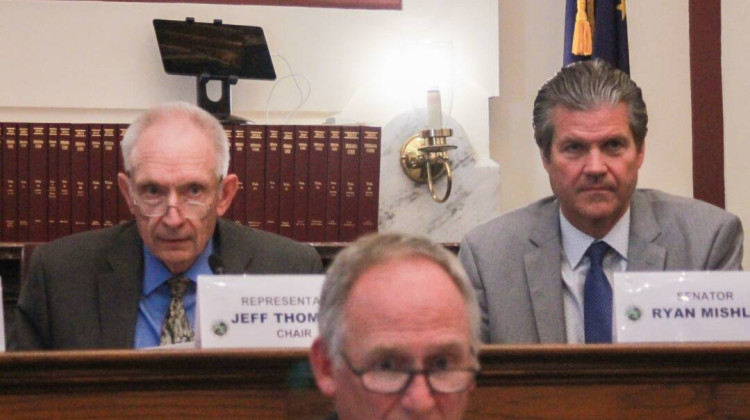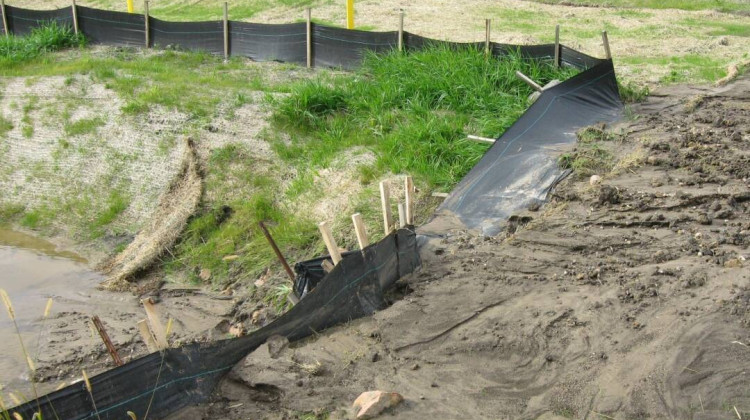
A map of counties that are expected to experience at least one day a year where the temperature feels like 125 degrees or hotter.
Courtesy of First Street FoundationIndiana and other states in the middle of the country will be part of an “extreme heat belt” in the next 30 years. That’s according to a new report by the First Street Foundation, a nonprofit risk mitigation research group.
It said while other parts of the country may have hotter temperatures overall, counties stretching from eastern Texas to southwest Michigan will have at least one day a year where the temperature feels like 125 degrees or more.
“This extreme heat belt, because of its lack of proximity to water, allows the temperatures to get much hotter — and the humidity that we expect to happen into the future because of climate change is adding to that," said Matthew Eby, founder and CEO of First Street Foundation.
The report said this can be especially dangerous in places like Indiana that aren’t as used to extreme heat and may not have enough air conditioners or cooling centers to keep people safe.
READ MORE: Therapy aims to tackle climate distress, but there may not be enough in Indiana
Join the conversation and sign up for the Indiana Two-Way. Text "Indiana" to 73224. Your comments and questions in response to our weekly text help us find the answers you need on statewide issues, including this series on climate change and solutions.
Martin County is expected to have the largest increase in the number of "local hot days" — which First Street Foundation defines as the temperature an area could expect to see on the hottest seven days of the year.
Posey County is expected to have the highest number of days above 100 degrees in a row by 2053.
Temperatures as high as 125 degrees can also damage infrastructure — making kinks in railroad tracks and melting the tarmac at airports.
Eby said the U.S. needs to adapt not just to what the hottest days are like today, but to what they'll be like three decades from now.
“This very hot summer that we all just experienced and everyone is very uncomfortable with and pointing out how it's kind of unprecedented. This will be one of the better summers that you will have had in your lifetime going forward," he said.
More extreme heat will also drive up cooling costs in Indiana by nearly $70 million. If the state continues to rely on energy sources like coal for electricity, that increased air conditioning use will produce an extra 867 million pounds of carbon dioxide — making climate change worse.
You can find out how much your home is at risk from extreme heat, flooding and fires using First Street's Risk Factor tool.
Contact reporter Rebecca Thiele at rthiele@iu.edu or follow her on Twitter at @beckythiele.
 DONATE
DONATE






 Support WFYI. We can't do it without you.
Support WFYI. We can't do it without you.